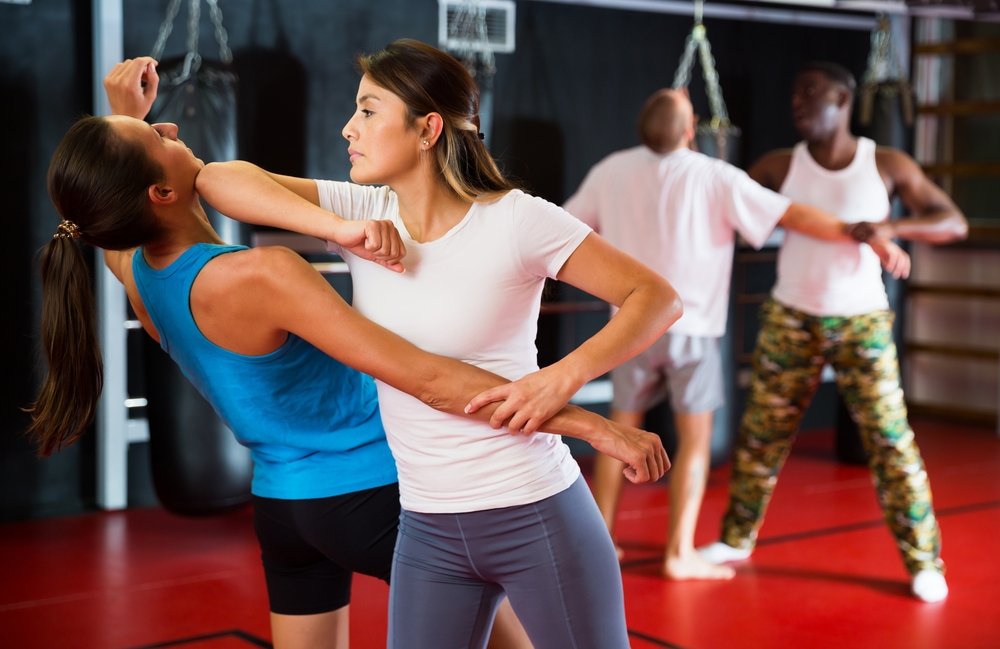
Introduction
In today’s unpredictable world, personal safety and physical fitness have become paramount concerns for many. For residents of Maryland seeking a holistic approach to self-defense and wellness, Krav Maga training offers an effective solution. Originating from Israel, Krav Maga is not just a martial art; it’s a practical self-defense system designed for real-world situations. This article delves into the essence of Krav Maga, its benefits, training methodologies, and why it’s gaining popularity in Maryland.
Table of Contents
- What is Krav Maga?
- The Origins and Evolution of Krav Maga
- Core Principles of Krav Maga Training
- Physical and Mental Benefits
- Krav Maga vs. Traditional Martial Arts
- Who Can Benefit from Krav Maga?
- Krav Maga Training Structure
- Krav Maga in Maryland: A Growing Community
- Choosing the Right Krav Maga School
- Essential Gear for Beginners
- Common Misconceptions
- Success Stories from Maryland Practitioners
- Integrating Krav Maga into Daily Life
- Advanced Training and Certification
- Conclusion
- FAQs
- Engage with Us
- References
What is Krav Maga?
Krav Maga is a self-defense system developed for the Israeli military, emphasizing real-world situations and efficient, instinctive responses. Unlike traditional martial arts, Krav Maga focuses on neutralizing threats quickly and effectively, using techniques derived from boxing, wrestling, judo, and street-fighting.
The Origins and Evolution of Krav Maga
Developed by Imi Lichtenfeld in the 1930s to protect Jewish communities in Bratislava, Krav Maga was later adopted by the Israeli Defense Forces. Over time, it evolved to suit civilian needs, emphasizing simplicity and adaptability. Today, Krav Maga is practiced worldwide, including in Maryland, where its practical approach resonates with many seeking effective self-defense training.
Core Principles of Krav Maga Training
- Simplicity: Techniques are straightforward, relying on natural movements.
- Efficiency: Focus on neutralizing threats swiftly.
- Aggressiveness: Emphasis on proactive defense.
- Situational Awareness: Constant vigilance to prevent confrontations.
- Adaptability: Techniques applicable in various scenarios.
These principles ensure that practitioners can respond effectively under stress, making Krav Maga suitable for real-life situations.
Physical and Mental Benefits
Engaging in Krav Maga training offers numerous benefits:
- Improved Fitness: Combines cardio, strength, and flexibility training.
- Enhanced Confidence: Knowing you can protect yourself boosts self-esteem.
- Stress Relief: Physical activity helps reduce anxiety and tension.
- Mental Resilience: Training under pressure enhances decision-making skills.
These benefits contribute to overall well-being, making Krav Maga a holistic approach to health and safety.
Krav Maga vs. Traditional Martial Arts
While traditional martial arts often focus on forms, rituals, and competitions, Krav Maga is:
- Practical: Designed for real-world threats.
- Inclusive: Suitable for all ages and fitness levels.
- Time-Efficient: Techniques can be learned quickly.
- Non-Competitive: Emphasizes survival over sport.
This practicality makes Krav Maga appealing to those seeking immediate and applicable self-defense skills.
Who Can Benefit from Krav Maga?
Krav Maga is accessible to:
- Women: Empowering self-defense techniques.
- Seniors: Focus on awareness and prevention.
- Children and Teens: Builds confidence and discipline.
- Professionals: Stress relief and fitness.
- Law Enforcement: Tactical defense skills.
Its adaptability ensures that individuals from various backgrounds can benefit from training.
Krav Maga Training Structure
Training typically includes:
- Warm-Ups: Cardiovascular and strength exercises.
- Technique Drills: Practicing specific defense moves.
- Scenario Training: Simulating real-life attacks.
- Cool-Downs: Stretching and reflection.
Classes are structured to build skills progressively, ensuring safety and effectiveness.
Krav Maga in Maryland: A Growing Community
Maryland has seen a surge in Krav Maga’s popularity, with numerous training centers across the state. Communities in Baltimore, Rockville, and Annapolis have embraced Krav Maga for its practical approach to self-defense and fitness. Local events and workshops further foster a supportive environment for practitioners.
Choosing the Right Krav Maga School
When selecting a training center:
- Research Credentials: Ensure instructors are certified.
- Visit Classes: Observe teaching styles and class dynamics.
- Assess Facilities: Clean, safe, and well-equipped spaces.
- Seek Reviews: Feedback from current or past students.
Choosing the right school is crucial for a positive training experience.
Essential Gear for Beginners
Starting Krav Maga requires minimal equipment:
- Comfortable Clothing: Athletic wear for ease of movement.
- Protective Gear: Mouthguards, gloves, and shin guards.
- Water Bottle: Stay hydrated during sessions.
Investing in quality gear enhances safety and comfort during training.
Common Misconceptions
- It’s Only for the Military: Krav Maga is adapted for civilian use.
- Requires High Fitness Levels: Suitable for beginners and all fitness levels.
- Too Aggressive: Emphasizes avoidance and de-escalation first.
Understanding these misconceptions helps in making informed decisions about training.
Success Stories from Maryland Practitioners
Many Maryland residents have transformed their lives through Krav Maga. From increased confidence to improved health, practitioners share stories of empowerment and resilience. These testimonials highlight the system’s effectiveness and its positive impact on daily life.
Integrating Krav Maga into Daily Life
Beyond physical training, Krav Maga principles can be applied to:
- Situational Awareness: Being mindful of surroundings.
- Conflict De-Escalation: Using communication to avoid confrontation.
- Confidence Building: Empowering individuals in various aspects of life.
Incorporating these principles enhances personal safety and decision-making skills.
Advanced Training and Certification
For those seeking advanced proficiency:
- Belt System: Progress through levels indicating skill mastery.
- Instructor Certification: Train to teach others.
- Specialized Courses: Focus on specific scenarios like weapon defense.
Advanced training offers opportunities for personal growth and professional development.
Conclusion
Krav Maga training in Maryland offers a comprehensive approach to self-defense and personal development. Its practical techniques, combined with physical and mental benefits, make it an ideal choice for individuals seeking empowerment and safety. Whether you’re a beginner or looking to advance your skills, Krav Maga provides the tools to navigate the challenges of today’s world confidently.
FAQs
Engage with Us
We’d love to hear about your experiences or questions regarding Krav Maga training in Maryland. Have you tried a class? What motivated you to start? Share your thoughts in the comments below and don’t forget to share this article with friends interested in self-defense and fitness!

